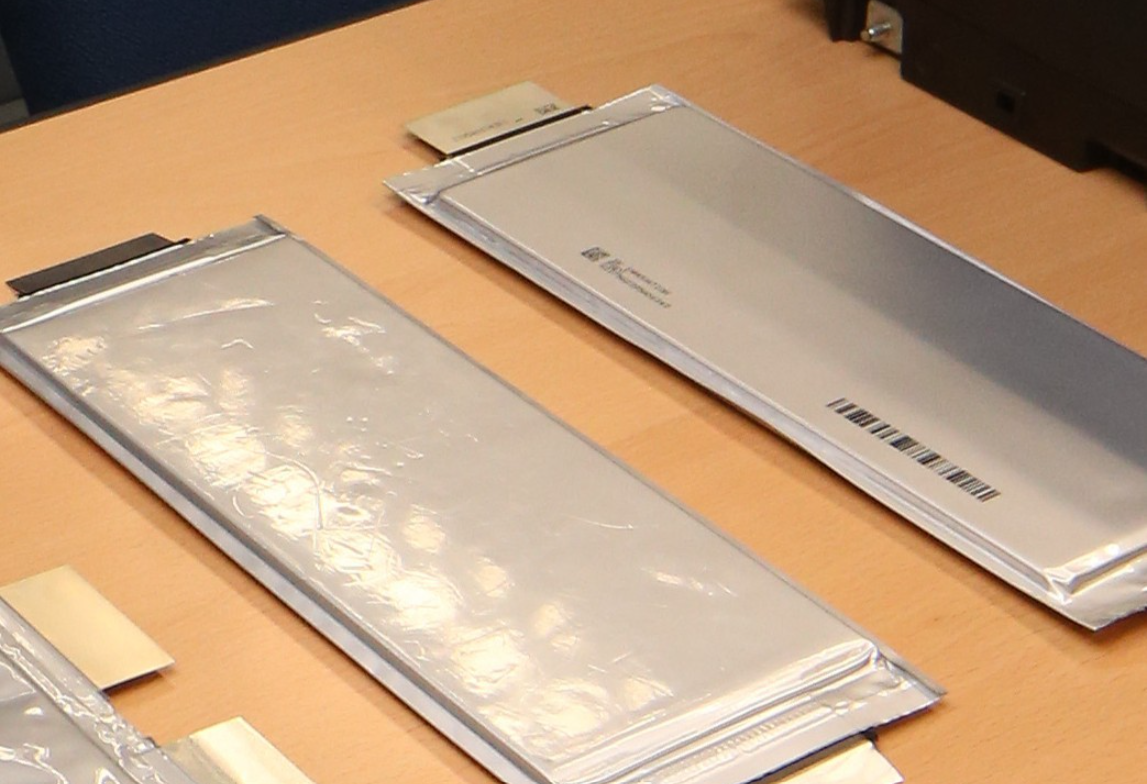The recent fires at the primary battery factory in Hwaseong, Gyeonggi Province, and the apartment fire in Cheongna, Incheon, have raised awareness about battery fire risks. While the focus used to be on battery efficiency, safety has now become a priority. Batteries are devices that store electrical energy, and some heat generation is inevitable. However, excessive heat or internal short circuits leading to battery fires are serious concerns. The increased use of lithium-ion batteries has heightened the fire risk. Lithium-ion batteries have a high energy density, which increases the potential for fires. Battery fires occur when electrons short-circuit due to damage to the separator, which can result in thermal runaway, causing temperatures to rapidly rise. Various technologies are being researched and developed to prevent this. Professor Jongwoo Lim’s team at Seoul National University has proposed a method to block the self-amplifying loop that causes thermal runaway. Coating the anode with alumina can suppress thermal runaway. Research is also actively underway to replace liquid electrolytes with solid electrolytes. While solid electrolytes are more stable, they have lower ion conductivity and are more expensive. Dr. Jaehyun Kim’s team at DGIST developed a lithium-metal battery with solid electrolytes that has flame-retardant properties. Professor Sangryoon Kim’s team at GIST has also developed a hydrogenated-sulfide-based solid electrolyte. Dr. Chilhoon Do has suggested strengthening research on flame-retardant liquid electrolytes. Researchers are continuing efforts to solve the ignition issues with lithium-ion batteries. With the efforts of industry and academia, a safer era for batteries is approaching. Safer lithium-ion batteries are expected to be commercialized soon, and research into battery safety is making progress in various ways.
* Article source : https://www.yna.co.kr/view/AKR20240920145800017


